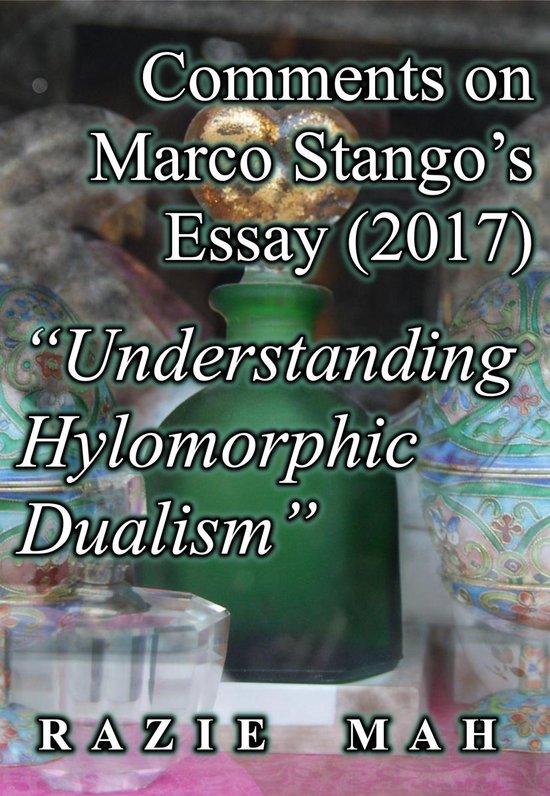In 2017, Marco Stango makes a daring claim. He presents the claim and publishes it in the Proceedings of the American Catholic Philosophical Association (volume 91, pages 145-158).
The standard interpretation of Aquinas’s philosophy of mind does not live up to its reputation. Most discussions of the intellect start with weak hylomorphic dualism. The immaterial soul is the form of the material body, working in the same way that form configures matter.
He offers strong hylomorphic dualism as an alternative. The body substantiates the soul, in the same way that matter substantiates form.
Well, it’s not exactly that, it’s actually a hylomorphism so strong that it is no longer hylomorphic, but rather this: The intellect is immaterial. The body is material. The intellect does not configure the body. Nor does the body substantiate the intellect.
Or, something like that. So, I will stick to the strong hylomorphism where the body substantiates the soul. Plus, I will start at the point where the intellect is a power (or faculty) of the soul. That is a close approximation to the beginning of Strango’s journey.
In these comments, I associate elements of Stango’s argument to two Peircean structures, the dyadic nature of actuality and the triadic category-based nested form.
For example, the term, “hylomorphic dualism” instantiates two distinctions. “Hylomorphism” matches the dyadic nature of actuality. “Dualism” points to two distinctly different nested forms. Thus, weak and strong hylomorphisms belong to two different category-based nested forms, producing the opportunity for a third category-based nested form, whose actuality weighs one against the other.
These remarkable associations bring Stango’s bold argument from its Aquinian starting point to a location just beyond the reach of Baroque scholasticism. Peirce’s categories opens new ground beneath Stango’s remarks, intimating that the bedrock beneath Thomistic traditions includes triadic relations.
